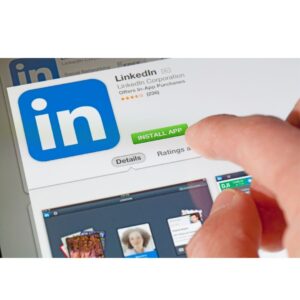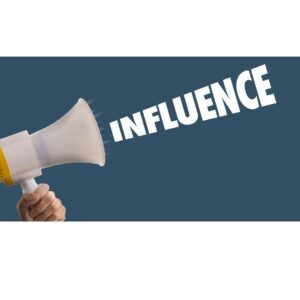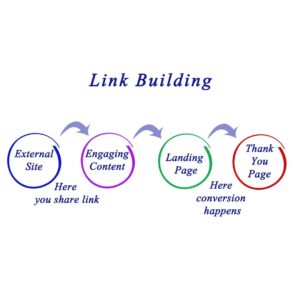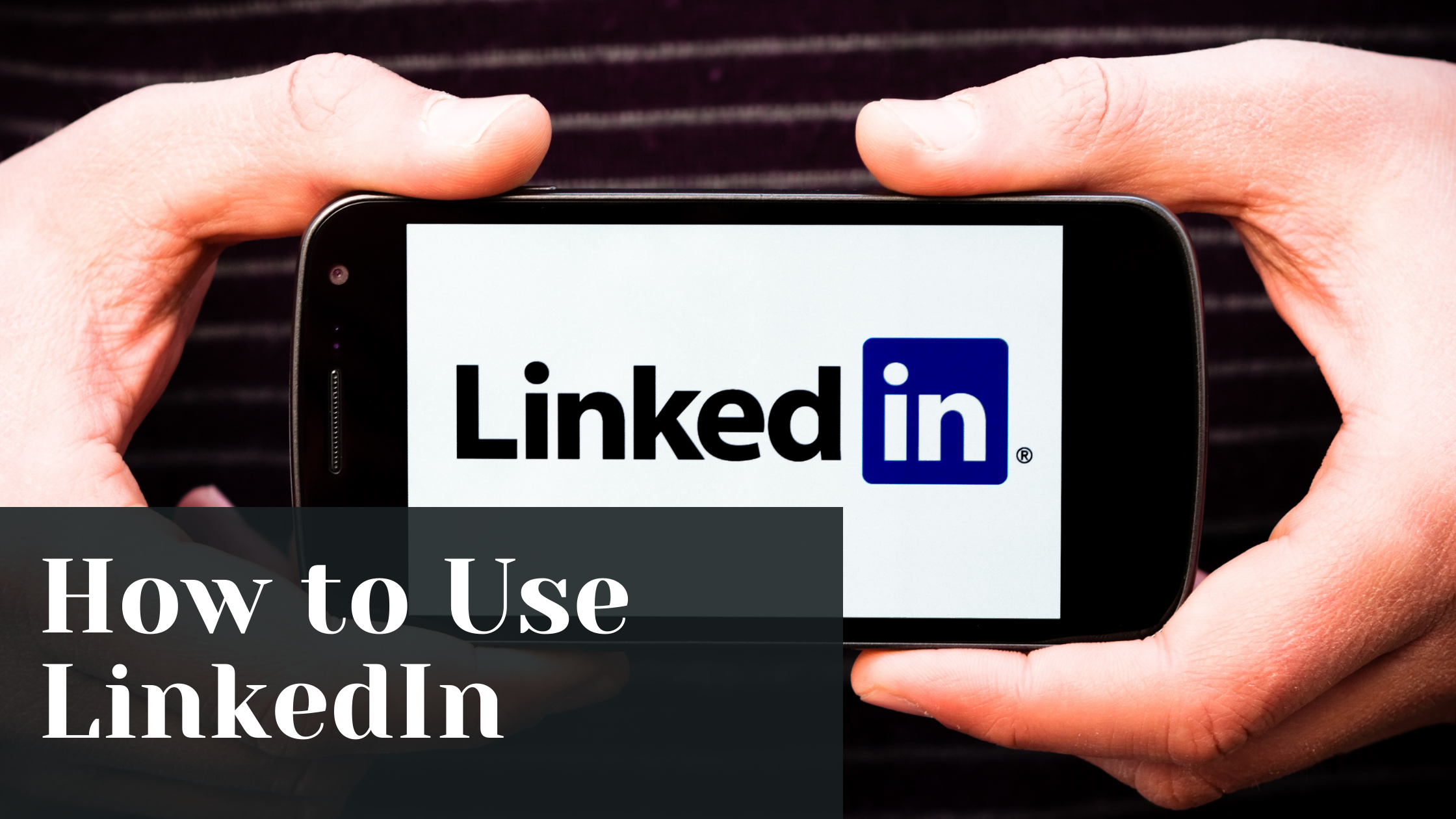Use LinkedIn-“A wonderful website that is not promoted is like a billboard stored in your cellar,” says an ancient adage. This remark reminds me of LinkedIn users who have impressive profiles but are hardly unnoticed. Those learning how to utilise LinkedIn to obtain work should analyse what constitutes a good LinkedIn campaign.
Building a targeted network and engaging with your contacts are all part of a successful LinkedIn strategy, as does having a solid profile. Anything less won’t get you the outcomes you want, and it won’t help you find a job. Let’s take a closer look at these three elements.
Active Listening Skills, Examples and Exercises
Make a LinkedIn profile that stands out.

A solid profile goes without saying when it comes to your LinkedIn campaign. After all, it is what represents the value you will provide to potential employers. When creating a profile, there are a few essential principles to keep in mind:
.It has to be finished. This includes a background image, a headshot photo, a headline, a summary, a thorough experience section, education, your strongest abilities, and any additional parts LinkedIn permits.
.It, like your CV, must demonstrate the value you’ll bring to companies through accomplishments relevant to your industry and career.
.It isn’t your curriculum vitae. This is a common blunder made by job searchers. They simply paste their resume into their profile and call it a day.
.It must be optimised to attract visitors via LinkedIn Search, such as recruiters.
.It should reflect your individuality. Consider your profile to be an online networking document. Write your profile in the first person; only use third person if you think it fits your personality.
How to build self-confidence
Create a LinkedIn network that is specifically targeted for you.
I remember one of my clients who had a strong profile but only knew 80 individuals. When I told her she needed to meet more people, she said she only wanted to meet people she already knew.
Herein is the issue: in order to come to know others, people must connect with others they don’t know. Your LinkedIn campaign will be a flop if you don’t believe in the concept of interacting with certain people.
On LinkedIn, who do you have connections with? Let’s take a look at some of the people you should connect with based on their tier:
Make Contact with Others in the Industry
People with similar occupations and industries should form your second tier of relationships. You’ll have more in common with them than you will with the lower tiers. Assume you’re a manufacturing accountant. Connecting with people who share your interests is a no-brainer. They may be aware of opportunities and be able to provide excellent leads, especially if they are currently employed.
Make contact with target company decision makers and influencers.

If you’re willing to conduct your study on companies for which you’d like to work, your third tier could be the most valuable. You’ll make contact with people at those companies before they post job openings. This will provide you with allies within those organisations.
Engaging with Your LinkedIn Connections
“Out of sight, out of memory” is a phrase we’ve all heard. When it comes to connecting with your contacts, the idea is to maintain your network growing so that you can stay top of mind.
This necessitates considerable effort on the part of many LinkedIn users. I recommend that my clients spend at least 20 minutes every day, four days a week, on LinkedIn. If they’re good, I recommend doing it every day. (One’s eyes roll.) But let me be clear: it’s not difficult. One can, for example, share:
.a post that contributes to your network’s value
.an update that gives advice or poses a query that gets a lot of responses
.a photograph with a clever description
.a shout-out to all of your contacts
Mark Engagement, according to Anthony Dyson, career adviser and host of the famous job hunt podcast The Voice of Job Seekers, is something that should not be taken lightly. “I believe the tone of a user’s messaging (including comments to group postings) counts when we examine how crucial engagement is,” he says. People want to be appreciated and to feel secure. Without making someone feel inferior, share and offer advice, opinions, or messages.”
Finally, I’d like to emphasise the importance of not disclosing “Facebook” information. “satisfied” with your relationships Most of them aren’t going to like it.
Take Your Business Outside of LinkedIn

It’s not enough to have a fantastic profile, connect on LinkedIn, and engage with your network. While you can connect with a lot of people online, your connections won’t be genuine until you make a personal connection with them—perhaps by calling them, Skypeing with them, or meeting them in person.
“It’s true that success on LinkedIn rests upon an optimised, strategic profile, but that’s not all!” says Donna Serdula, an expert on LinkedIn profiles and author of LinkedIn Profile Optimization for Dummies. You’ll need a strong, solid network to be found on LinkedIn. You must have a compelling feed of posts, comments, shares, and articles in order to get viewed. You must add value, inspire people, and have fun in order to be sought after.”
Frequently Asked Questions about LinkedIn Job Search
When I’m looking for a job, what should I say on LinkedIn?
You might add a few phrases to your LinkedIn title like “experienced X professional now seeking new possibilities” to suggest that you are looking for work.
Frequently Asked Questions about LinkedIn Job Search
When I’m looking for a job, what should I say on LinkedIn?
You might add a few phrases to your LinkedIn title like “experienced X professional now seeking new possibilities” to suggest that you are looking for work.
What are some strategies for getting recruiters to notice you on LinkedIn?
Be proactive to attract recruiters’ notice! Don’t just sit back and wait for them to contact you. Instead, do your homework and reach out to them. Send a request for a connection and include a personalised letter. Compliment them on a piece of writing they wrote, or ask them a question about the company they represent. The most important thing is to strike up a discussion with them and leave a lasting impression.
What is the best way for a novice to use LinkedIn?
After following the steps outlined above to set up their LinkedIn profiles, newcomers should concentrate on networking and making connection requests. Be proactive once more! You want to get your name out there, create meaningful connections with people in your business, and join in on the conversations in your feed.
